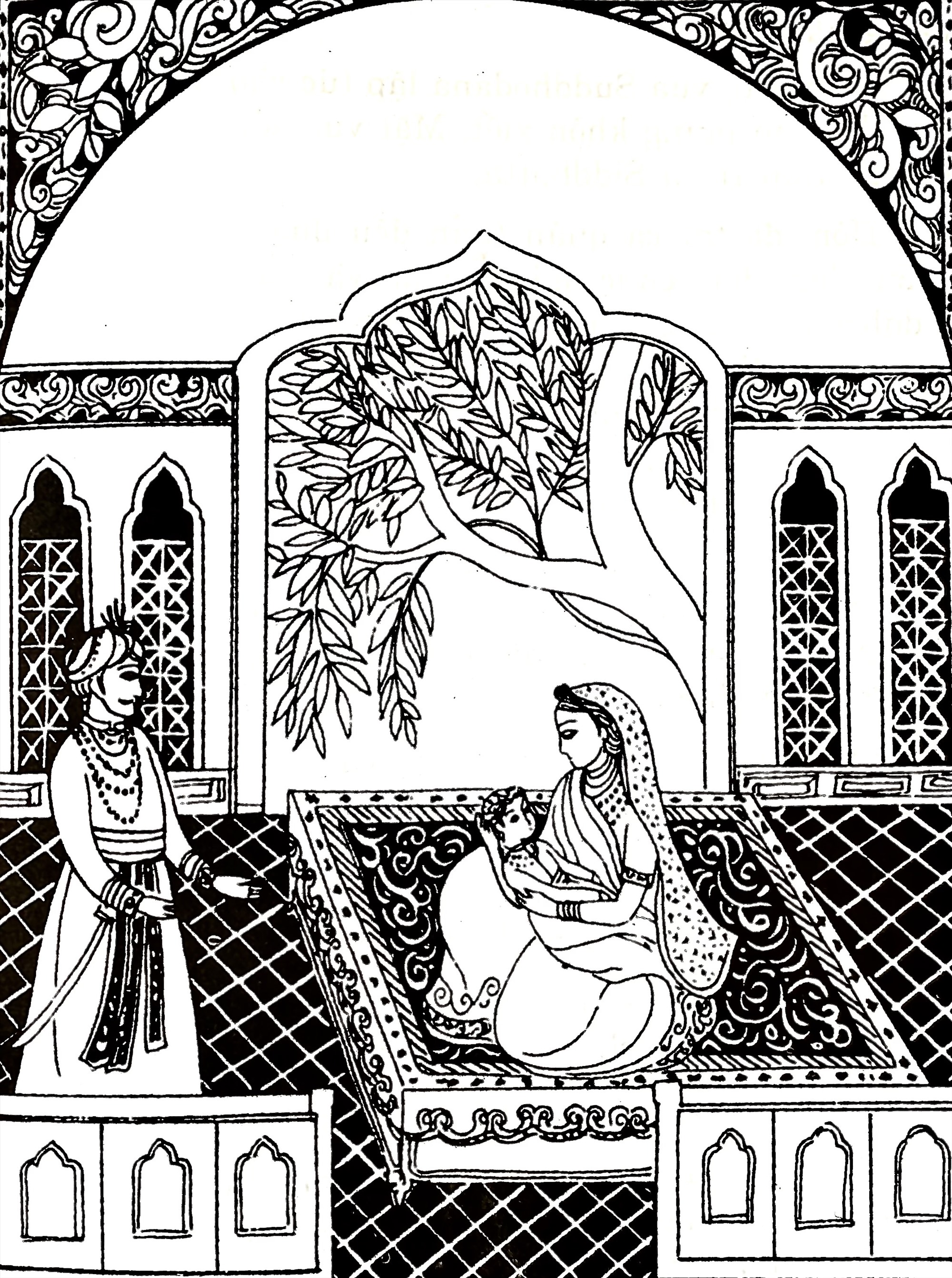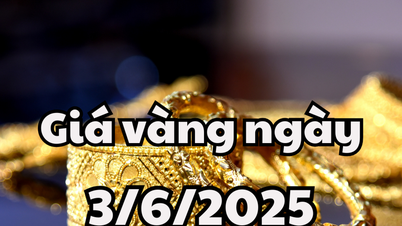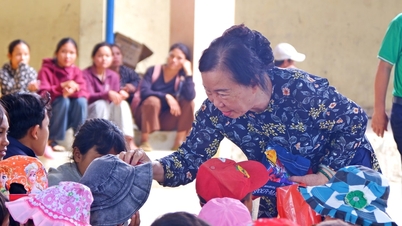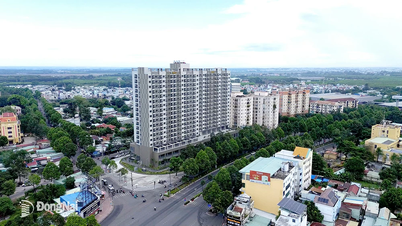It will be complete when we celebrate our birthday and remember our mother, remember the three words "mother is difficult to live" and nurture respect.

1. Although he intended to “follow in the footsteps of the Buddha”, Zen Master Thich Nhat Hanh did not begin his book “The Old Path, White Clouds” with the story of the Buddha’s birth. He had to wait until chapter 6 of “The Shade of the Rose Apple Tree”, volume 1, to tell the story of the Buddha’s birth, also choosing to build a bridge from memory, from recollection. At that time, Prince Siddhartha was 9 years old, and heard the story of his birth.
The story that Prince Siddahtta “heard” was also strange. The day Queen Maha Maya was pregnant, she dreamed of a white elephant with 6 tusks descending from the sky, its trunk wrapped around a pink lotus. When it approached, it touched her body and entered her body. In the sky, elegant music resounded, and the gods sang praises…
“The following spring, on the full moon day of April, the queen gave birth to the prince on the way from Kapilavatthu to Ramagama, the capital of the Koliya kingdom, her homeland. It was the custom of her country that a married woman should return to her parents’ home to give birth” (Old Road, White Clouds). Stopping at the Lumbini garden, the queen saw a Asanga tree in full bloom, and walked towards it. As she approached, she staggered a little, quickly reaching out to grab a branch of Asanga. A second later, she gave birth to the baby…
Prince Siddhartha was born like that. The above passage, I copied verbatim from the book of Zen Master Thich Nhat Hanh to clarify the detail of “spring of the following year”, because some scriptures say it was “about ten months after that strange dream”. Also according to “Old Path, White Clouds”, Queen Maya died after eight days of giving birth, while some theories say “seven days”.
That child, the prince of King Suddhodana of the small Shakya kingdom, later attained Buddhahood. “On the full moon day of April,” Queen Maya gave birth to the prince, and later, the full moon day of April in the lunar calendar became the main celebration of Buddha's birthday.
During the great celebration of Buddha's birthday this year, some people asked themselves, "Was Buddha really born so that people would understand, remember, and perceive extremely difficult truths?". For a great enlightened person like Gautama Buddha, the event of his birth always contains many hidden messages, as the way future generations always look back. At least it is gratitude.
Venerable Thich Nhan Tanh, in an article on the meaning of “birthday” from a Buddhist perspective, stated that as long as people have a good heart to pay homage and pay respect when remembering the Buddha’s birthday and birthplace, it is enough to create good karma to create good karma. This form of birthday celebration is an opportunity for Buddhists to express their respect and infinite gratitude to the great Teacher of humanity…
And in his life of practice and practice, the Buddha himself expressed his gratitude. In the second week after his enlightenment, the Buddha looked intently at the Bodhi tree as if to express his deep gratitude.
Because the Bodhi tree “protected him from the sun and rain during his meditation until he attained the Supreme Bodhi fruit. Therefore, the meaning of “birthday” should be understood from many aspects like that to clearly see the factors of dependent origination and non-self of all dharmas,” wrote Venerable Thich Nhan Tanh.
2. But it is also the historical details in the life of Prince Siddhartha, especially the time of his birth, that remind later generations of the concept of "mầu nan nhật", another way of calling a birthday.
“Queen Maya died eight days after giving birth to the prince. The whole country mourned her,” Zen master Thich Nhat Hanh expressed succinctly in “Old Path, White Clouds.”
Brief, but more or less reminds us of the mother’s birth. After 9 months and 10 days of pregnancy, the day will come when the mother will give birth in pain, or even lose her life while giving birth… Therefore, some places absolutely do not use the word “birthday” (生 日) to refer to the day the child is born, but instead use the phrase “mầu nan nhật” (母難日), which means “the mother’s difficult and arduous day”…
You must be thinking of the “nine-character cu lao” (nine-character cu lao). The book “Telling stories of idioms and proverbs” by the Institute of Linguistics, when explaining this idiom, quoted the Book of Poetry to talk about the hard work of parents. The nine-character (nine words) include: sinh 生 (to give birth), cuc 鞠 (to support), phu 拊 (to caress and adore), suc 畜 (to breastfeed), truong 長 (to raise), duc 育 (to educate), co 顧 (to look after), phuc 復 (to embrace), and phuc 腹 (to protect).
Reading the book “Minh tam bao giam”, right at the beginning of the fourth chapter (Hieu hanh), I also saw this idea mentioned in the Book of Poetry: “Thi van: Phu he sinh nga, mau he cuc nga, ai ai phu mau, sinh nga cu lao. Dục báo tham an, hao thien vong cuc”. That is, the Book of Poetry says: Father gave birth to me, mother raised me. How pitiful it is for parents to give birth to me with difficulty, wanting to repay their deep kindness, the sky is endless. Oh, the kindness of parents is as high as the sky, it is impossible to repay it all.
3. There are also birthdays that are not calculated by day, but rather by season, by emotion, by fate. I came across this idea in the song “Brown-shaped Quang people” (Phan Van Minh): “My mother gave birth to me,/ in the middle of the sunny season/ A dry sun,/ exposing the brown face of people./ My mother gave birth to you, in the middle of a flood/ The folk songs and folk songs are also lost...”.
Musician Phan Van Minh once said that the late poet Nguyen Trung Binh (originally from Duy Xuyen) read him the long poem “Bai cua tre dat nau” for the first time at the end of 1996, when the poet returned to his hometown from the South after a bedridden illness. And many times after that, every time he finished listening to the poem, the musician still could not hold back his emotions.
Now re-reading the poem and listening to the song, I realize that “Brown-shaped Quang people” is an interesting adaptation, a unique theme from “Ball of brown-shaped children”. The separate verses, like a sign of the birth of a Quang child… have been “gathered” by the musician into the pain of childbirth of the mother, of the mother of the homeland.
Perhaps the pain of childbirth comes from the haunting verses: “… if ever my knees are tired and my feet are weary (I can)/ return to Mother Earth/ where children are born from brown bodies/ children of brown children/ (…) brown bodies have become memories/ memories like thorns embedded in the flesh/ memories of brown bodies”.
Birthdays and births are usually happy days with the wishes of “happy birthday”. But it will be complete when we celebrate that happy day and remember our mother, remember the three words “mầu nan nhật” and always remember to nurture respect.
Source































































































Comment (0)